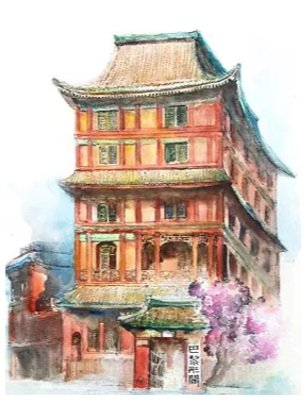
Pagoda exhibition
Organised in partnership with the Asian Art Society, this exhibition welcomes US galleries Alan Kennedy Asian Art and Clare Chu Asian Art, joined by UK exhibitors Brandt Asian Ltd, Malcolm Fairley Ltd, Grace Tsumugi Fine Art, Runjeet Singh and Sue Ollemans along with Irish auction house Adam's Auctioneers will unveil their most beautiful and treasured Asian artworks.

Authentic: Truth and Perception in Chinese Art
Crystal Ball, 19th–early 20th century, Chinese, 1944-20-2a,b

Indian Textiles: 1,000 Years of Art and Design
Vibrant textiles have long been synonymous with Indian culture. Their distinctive abstract, floral and figurative patterns have inspired countless variations. Featuring masterworks from The Textile Museum Collection and the private collection of Karun Thakar, this major exhibition and accompanying publication showcase court weavings, folk embroideries and other fabrics from the eighth through the early 20th centuries.
About the Exhibition
The Indian subcontinent is home to some of the world’s most ancient and illustrious textile traditions. Over the centuries, Indian textile artists have developed an enduring design vocabulary – from simply woven stripes to floral motifs to complex narrative scenes. Indian Textiles: 1,000 Years of Art and Design presents a stunning array of fabrics patterned with India’s most distinctive designs: abstract, floral and figurative.
Some of the region’s oldest known textiles feature abstract patterns such as circles, stripes and zigzags. Examples in the exhibition range from a fragment of a block-printed cloth traded to Egypt around the 15th century to intricately embroidered dresses made in present-day Pakistan’s Swat Valley in the 1800s and 1900s.
Floral patterns in Indian textiles became increasingly widespread in the 13th century, and artists excelled in adapting them for global markets. Embroidered caps from Bengal, for example, were fashionable “at home” wear in 18th-century Europe; a man would often don one in the evening after removing his wig.
Figurative patterns provide a window into different religious beliefs across South Asia. A 15th-century narrative cloth from Gujarat depicts deities and other figures central to the Jain religion. A shrine cloth from Uttar Pradesh honors Sayyid Salar Mas’ud, a Muslim warrior-saint venerated by Muslims and Hindus alike.
Indian Textiles is accompanied by a gallery guide and a catalog.
About the Catalog
The limited-edition catalog Indian Textiles: 1,000 Years of Art and Design is available for purchase ($80). The hardcopy book includes essays by leading historians of Indian textiles, including Rosemary Crill, Steven Cohen, Avalon Fotheringham and Sylvia Houghteling. You can order a copy through the museum's Artisans Gallery at 202-960-5311 or artisansgallery@gwu.edu.
Exhibition Programs
Join us for a series of virtual and in-person programs that explore themes from the exhibition. Browse upcoming programs
Project Sponsors
Lead support for this project is provided by The Coby Foundation, Ltd., Alastair and Kathy Dunn, Roger and Claire Pratt, E. Rhodes and Leona B. Carpenter Foundation and the National Endowment for the Arts. Major support is provided by Bruce P. and Olive W. Baganz, the Cotsen Textile Traces Study Collection Endowment, Tina M. deVries, Helen K. King, Norma and Ted Lonoff, The Markarian Foundation, Edwina M. Nelon, Mary Jo Otsea and Richard H. Brown, David M. Sloan and an anonymous donor. Additional support is provided by Corinne M. Berezuk, Sylvia Bergstrom, Joe Rothstein and Marin Hagen, Cynthia R. Boyer, Sheridan and Richard Collins, K. Burke Dillon, Grace and David Pratt, Jay M. Schippers and Soane Britain.
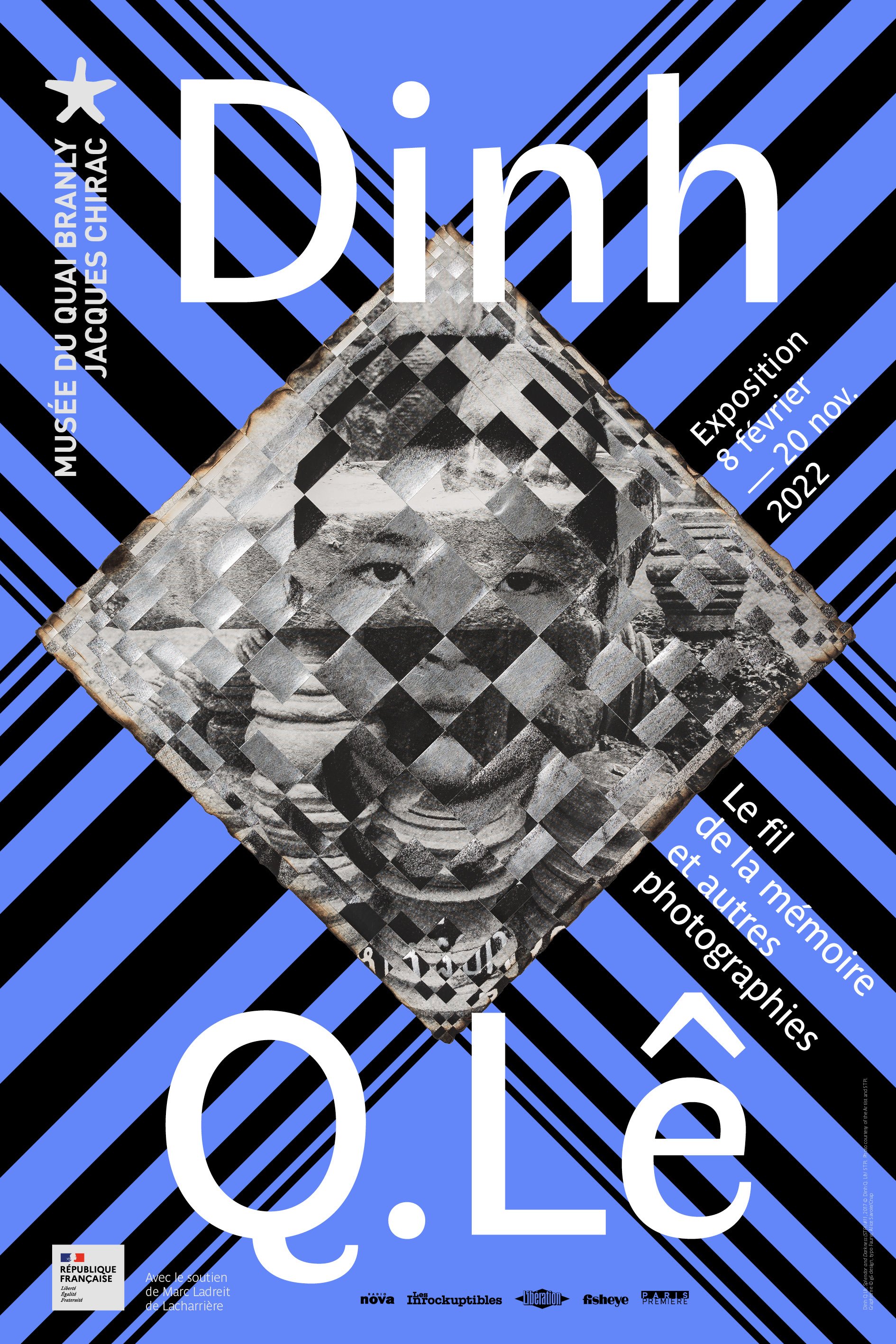
Dinh Q. Lê: Photographing the thread of memory
Vietnamese artist Dinh Q. Lê has built up a rich and complex body of work since the 1990s, using a variety of techniques that places great emphasis on photography. And yet Dinh Q. Lê is not your typical photographer. For him, images represent a means of questioning, splicing and transforming.

Falcons: The Art of the Hunt
Swift, fierce, and loyal, falcons have been celebrated for millennia. In ancient Egypt, they were closely associated with Horus, the god of the heavens. By the early eighth century in Syria, falcons were being trained to become skillful hunters at the royal courts. The art of falconry soon spread across the rest of the Islamic world, to the Byzantine empire in the west, and to the east as far as China. It is still practiced in many societies today, especially in the Arab world. A selection of paintings and objects from ancient Egypt to China offers a glimpse into the fascinating world of falcons.
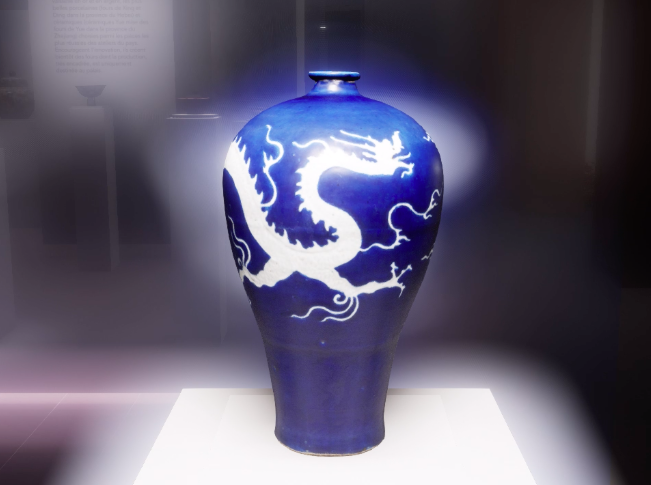
The history of Chinese porcelain told through the works of the MNAAG
This exhibition has been conceived as an immersive experience at the crossroads of a guided tour and a journey. Discovering a part of the exceptional collections of the museum is the occasion to travel through almost a thousand years of stylistic and technical evolutions.
As with a visit at the museum, users are free to stroll through the exhibition and stop to have a closer look at the pieces of their choice, or, if they wish, be guided by an audio tour, in French or English.
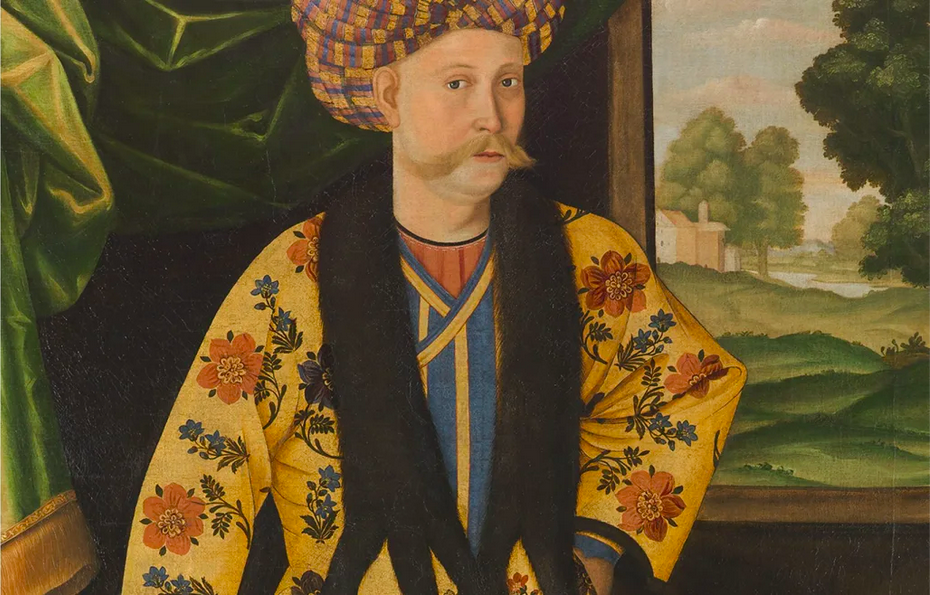
Fashioning an Empire:Safavid Textiles from the Museum of Islamic Art, Doha
Fashioning an Empire:
Safavid Textiles from the Museum of Islamic Art, Doha
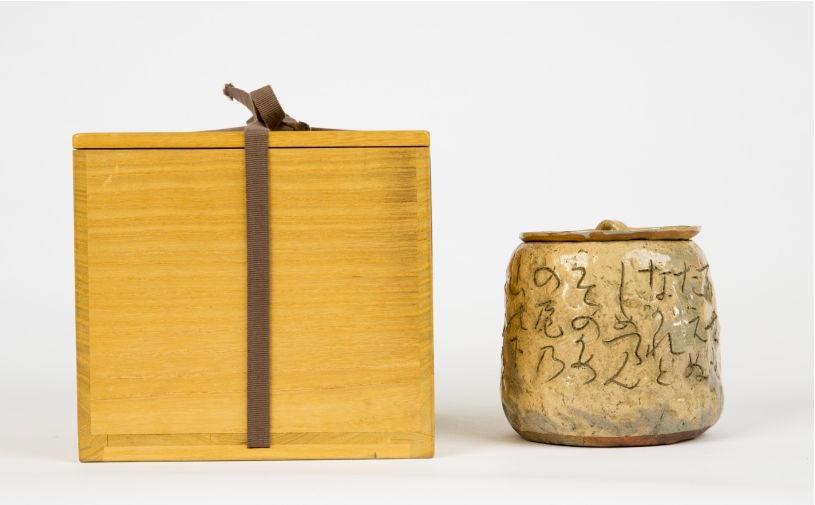
The Lotus Moon: Art and poetry of a Buddhist nun Ōtagaki Rengetsu (1791-1875)
Ōtagaki Rengetsu, Buddhist nun, martial arts expert, poet, calligrapher, ceramicist and painter, was surely one of the most creative women in 19th century Japan. Adopted at birth in 1791, and given the name Nobu, she received a solid artistic education and had a childhood marked by family suffering. After experiencing the tragic loss of two husbands and four of her children, by age 33 she renounced her secular life and fully embraced Buddhism. It was then when she took the name Rengetsu, literally “Lotus Moon”, in order to experience the impermanence of the world through spirituality and artistic experience.
Rengetsu started to make and sell ceramics, to which she added her own waka poems, so that she could live an independent life. However, from the 1850s, and during the last 25 years of her life, Rengetsu produced tens of thousands of pieces which together formed an enormous artistic corpus of ceramics, calligraphy, paintings and work done in collaboration with fellow artists.
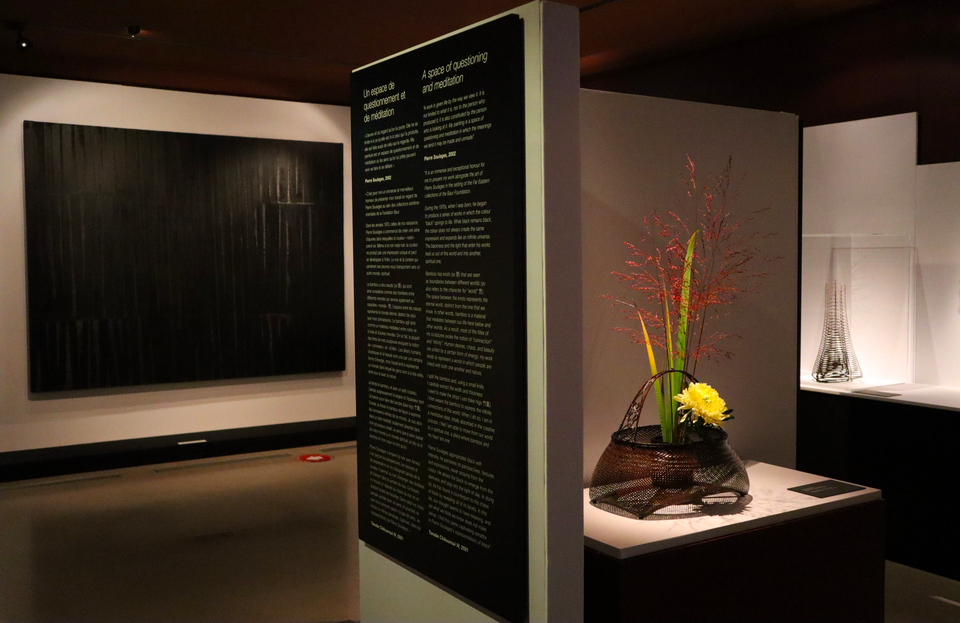
Eloge de la lumière - In Praise of Light : Pierre Soulages - Tanabe Chikuunsai IV
Tenmoku bowls with iridescent reflections, “mirror black” porcelains, and lacquer objects with shimmering surfaces, worked in depth: in capturing the light cast by the night, certain works reveal and exalt the colours of the shadows.
It is in the wake of this chiaroscuro heritage that the collections of the Baur Foundation, rich in rare pearls, chose to converse with some of the masterpieces by the painter of “lustrous blacks”, Pierre Soulages. The affinities that his art has cultivated with the “uncanny silence” and “colours of darkness” associated with Japanese aesthetics, celebrated by Junichiro Tanizaki (1886-1965), in his essay In Praise of Shadows, though purely contingent, are no less apparent. The Japanese themselves were not mistaken; very early on they understood the serious and timeless poetry of the Aveyron artist’s work. Following each step of his career since the presentation of one of his paintings at the first May Salon in Tokyo in 1951, they have been drawn to his art’s chromatic contrasts, stripped of all sentimentality and figuration, to its imposing and calm graphic phrasing, and to the materials conceived and fashioned as so many supports for light.
Some discern a resemblance to Far Eastern calligraphy in the lines of the “sign forms” heightened with walnut stain from the early days of the painter’s career; for others, the variegated thicknesses of the “beyond blacks” suggest the depth of makie-e lacquers, paintings sprinkled with light. The aim of this exhibition is to offer another encounter with the Land of the Rising Sun, this time originating in the erected lines, sound and light that pierce the forests of bamboo; the irregular “abstract sculpture” formed, in Pierre Soulages opinion, by the “writing of the branches in space”, is responded to by the stems and knots of the bamboo modelled in chiaroscuro by an exceptional artist who has today won international renown, Tanabe Chikuunsai IV.
The heir to ancestral traditions and techniques, and the fourth representative of a prestigious line of basket makers, Tanabe Chikuunsai IV works with the plant world with a new, sculptural, and luminous perspective. “Three years to split bamboo, eight years to weave it”: it takes three years to learn how to prepare bamboo and eight years to learn how to weave it into the desired shape, and for both hands to be completely imbued with the tradition. It is this repetition of the process by many artists that has kept the craft alive and resulted in the skills it requires being handed down for 150 years. Beyond formal evolutions, the basic techniques and tools have remained much the same. Tanabe uses machetes and small knives to chop bamboo, tools handed down from his great-grandfather. There is the use of water in weaving, of fire in the bending, and of the two hands to render the impossible possible.

Painting Apart from the World: Monks and Scholars of the Ming and Qing Dynasties: The Chih Lo Lou Collection
Monks and Scholars of the Ming and Qing Dynasties
The Chih Lo Lou Collection
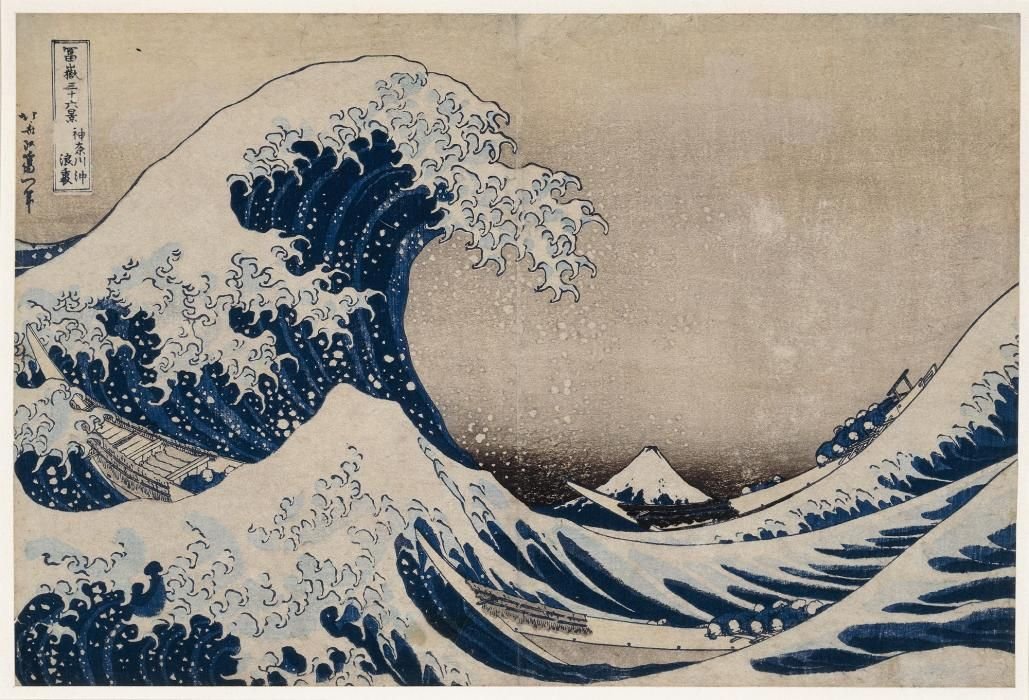
Hokusai: The Great Picture Book of Everything
Hokusai The Great Picture Book of Everything

Dong Son Art, Southeast Asia In the Barbier-Mueller Collections
Now exhibited for the first time at the Musée Barbier-Mueller in its entirety, this is the most important known assemblage of Dong Son art outside the Vietnamese national collections. It consists of prestige and sacred objects, weapons and adornments, all bearing witness to a culture that takes its name from the village of Dong Son in the province of Thanh Hoa, in the north of present-day Vietnam, where many archaeological remains have been unearthed. These objects, as well as those found in many other sites, are evidence of an intense artistic activity responding to the needs of the aristocracy of kingdoms that settled in the valleys of the Red, Ma and Black rivers, which afforded them wealth and a means of communication.
Flourishing between the fourth century BCE and the fourth century CE over a fairly extensive area, the Dong Son culture produced an art and a style that are quite distinct and yet at the same time very often steeped in the traditions of neighbouring southern China. Dong Son pieces – or pieces resembling Dong Son work – have been found in mainland and island Southeast Asia, particularly in Thailand, Cambodia and Indonesia: the result of commercial and technical exchanges that took place in this geographical region and that suggest the existence of “Dong Son traditions” here.
Catalogue
The catalogue of the exhibition is being published in French. The texts and catalogue entries by Dr Van Viet Nguyen (director of the Centre for Southeast Asian Prehistory, Hanoi) offer a contextual reading and a stylistic description of the objects on display, while the contribution by Pierre Baptiste (senior curator at the Musée Guimet, Paris) provides a study of the ties between the Dong Son culture and China.
We hope that when visitors to the exhibition and readers of the catalogue see these pieces – their delicate lines and refined decoration the result of a remarkable technical mastery – they experience a delight similar to that felt by the collector Jean Paul Barbier-Mueller, who had a keen and long-held interest in them.

Companions in Solitude: Reclusion and Communion in Chinese Art
Companions in Solitude: Reclusion and Communion in Chinese Art
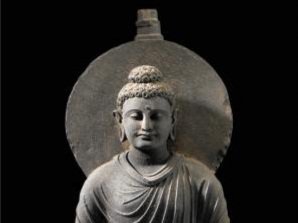
Beyond Boundaries: Buddhist Art of Gandhara
The Gandharan region of northern India served as a crossroads of power, culture, and Buddhist art from the second to ninth centuries CE. Presenting rare images of the Buddha and his life story, this exhibition demonstrates through thirty-six sculptural examples from public and private collections the important cultural exchanges between the Hellenistic world of Greek and Roman art and the native artistic traditions of India. Artisans of this region took a new, humanistic approach to depicting the Buddha in clothing and settings drawn from the West and combined them with descriptive tales of the life and teachings of the Buddha. This is the first substantial exhibition focusing on Gandharan Buddhist art in an American museum in ten years and, as such, brings new scholarship and understanding to the field.

